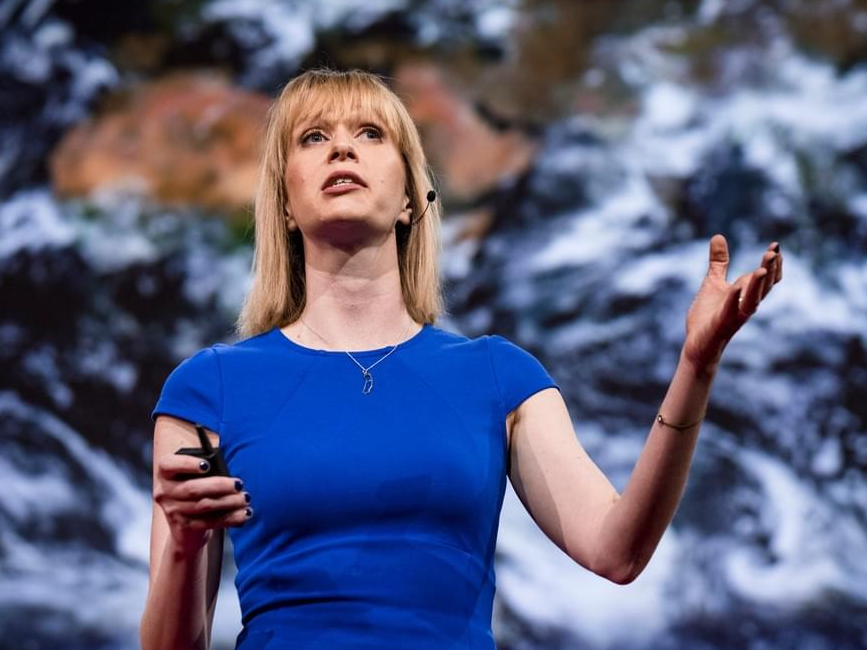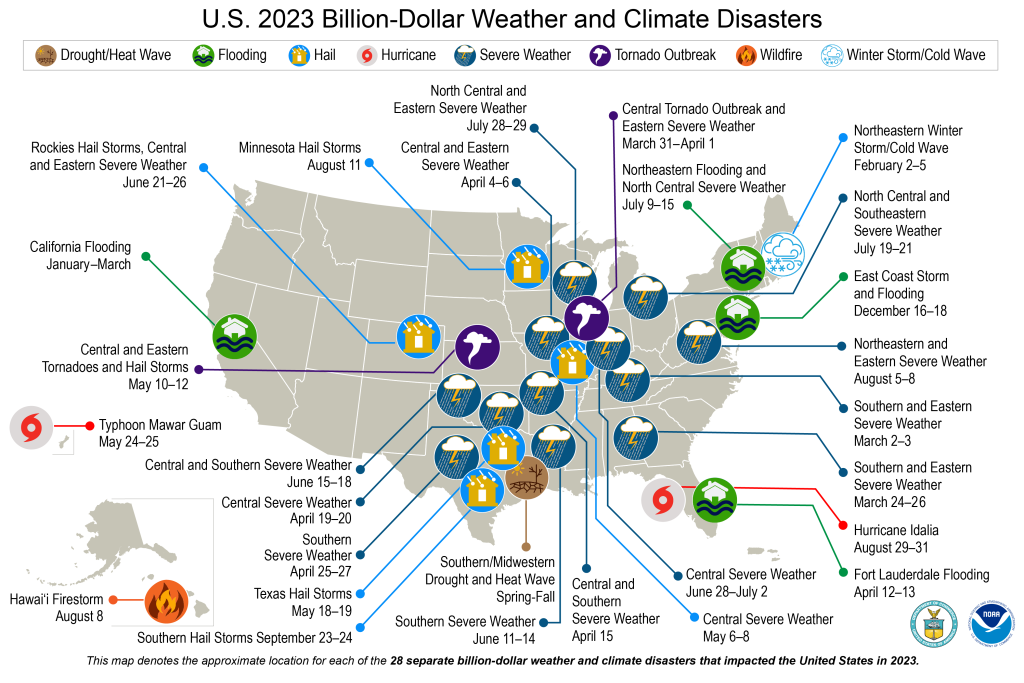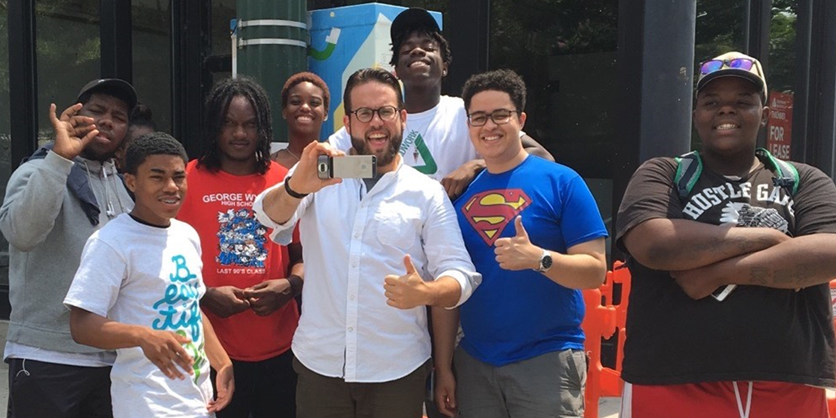Our Structure
The Communication, Education, and Engagement (CEE) Division is a division within the Climate Program Office (CPO). Each program contains many projects and initiatives. The CEE Division is the largest team in the federal government dedicated to climate communication, education, and engagement. Our climate science expertise, institutional memory, and world-class communication, education, and engagement acumen are uniquely suited to the climate challenges before us.
To amplify its impact, CEE leverages many partnerships. Our various partners include the U.S. Global Change Research Program, NASA, National Science Foundation, National Academy of Sciences, National Snow and Ice Data Center, U.S. Departments of Interior and Agriculture, National Institutes of Health, Cooperative Institute for Research in Environmental Sciences, National Science Teachers Association, American Meteorological Society, and the American Association for the Advancement of Science.
These social media channels regularly promote CPO science and events, as well as Climate.gov publications.

It's not enough to do good science. It's not enough to say things that are true. This is because people don't relate to graphs and equations and charts--people relate to stories.
Dr. Kate Marvel, Climate Program Office-funded climate scientist
Our Vision
Americans’ health, security, and economic well-being depend on climate and weather. Every day, individuals, communities, and businesses grapple with environmental challenges due to unusual, extreme, or changing climate and weather conditions. According to NOAA’s National Centers for Environmental Information, the U.S. has sustained 376 weather and climate disasters since 1980 where overall damages/costs reached or exceeded $1 billion (including CPI adjustment to 2023). From 1980 to 2023, the distribution of damage from U.S. billion-dollar disaster events was dominated by tropical cyclone losses with tropical cyclones causing the most damage ($1,379.3 billion, CPI-adjusted) and having the highest average event cost ($22.2 billion per event, CPI-adjusted). Drought ($352.9 billion, CPI-adjusted), severe storms ($455.2 billion, CPI-adjusted) and inland flooding ($196.6 billion, CPI-adjusted) have also caused considerable damage based on the list of billion-dollar events. The total cost of these 376 events exceeds $2.655 trillion.
In 2023, there were 28 weather/climate disaster events with losses exceeding $1 billion each to affect the United States:


The CEE team takes a four-point strategic approach:
- We host and participate in dialogs and workshops to build better relationships with our publics, and to help them find and use data and information in climate-related decisions;
- We manage and maintain the NOAA Climate.gov and U.S. Climate Resilience Toolkit websites (in partnerships across and beyond NOAA) to provide easy, online access to climate data, information, and educational products tailored for different segments of the public;
- We partner with other agencies, organizations, institutions, and businesses who are trusted sources of climate information and who have mutual interests in serving our priority publics; and
- We conduct in-reach and engagement initiatives within NOAA and among our partners to boost our collective capacity for effective and efficient communication, education, and engagement.
CEE leverages an array of cross-cutting initiatives to enhance climate science literacy and help individuals, communities, and businesses make informed decisions so they can increase their resilience to climate-related events, including extreme heat and precipitation.
Scientific and education experts have defined climate literacy as “the matrix of knowledge people need to understand enough about Earth’s climate system to address climate-related issues,” and it is fundamental to Climate.gov and other projects and initiatives of the CEE Division.
A climate-literate person understands how climate affects their life and livelihood, and how humans influence the climate system. A climate-literate person knows where and how to find and use climate data and information to manage climate-related risks and opportunities they face, and they know how to distinguish credible from non-credible sources of information.
As weather and climate disasters become more frequent, public demand for climate science and decision support is on the rise. Approximately 80% of decision makers say they seek data-driven answers to key questions for asset management.
The strength of public interest in NOAA Climate.gov is consistent. Public visits to NOAA Climate.gov have enjoyed 49% annual average growth since 2010. Subscribership to “This Week on Climate.gov,” our weekly e-newsletter, has grown 30% since August 2019. Social media engagement has climbed steadily on Facebook, Instagram, and Twitter. On the three platforms combined, NOAA Climate.gov has nearly 350,000 followers. Moreover, our team replies to an increasing volume of email requests for help in finding and using NOAA climate data; these requests have seen annual average growth of 50% since 2016.
The CEE team serves five priority publics:
- people seeking authoritative information about climate science to help them discuss and decide climate-related issues (i.e., decision-makers, managers of built environments and natural resources, and policy leaders including the White House and Congress);
- people seeking climate data for research and development (i.e., researchers, modelers, and engineers in government, academia, and business);
- people who want to know more about past, present, and projected climate conditions and the inner workings of climate science (i.e., the climate-interested public and students);
- people seeking resources to help them teach others about climate and needed skills (formal and informal educators); and
- people who report on climate in public media (i.e., broadcast meteorologists and journalists).
Our Priority Publics
A “public” is any segment of society that can be characterized by their needs for information, their motivations, and their information-seeking behaviors.



